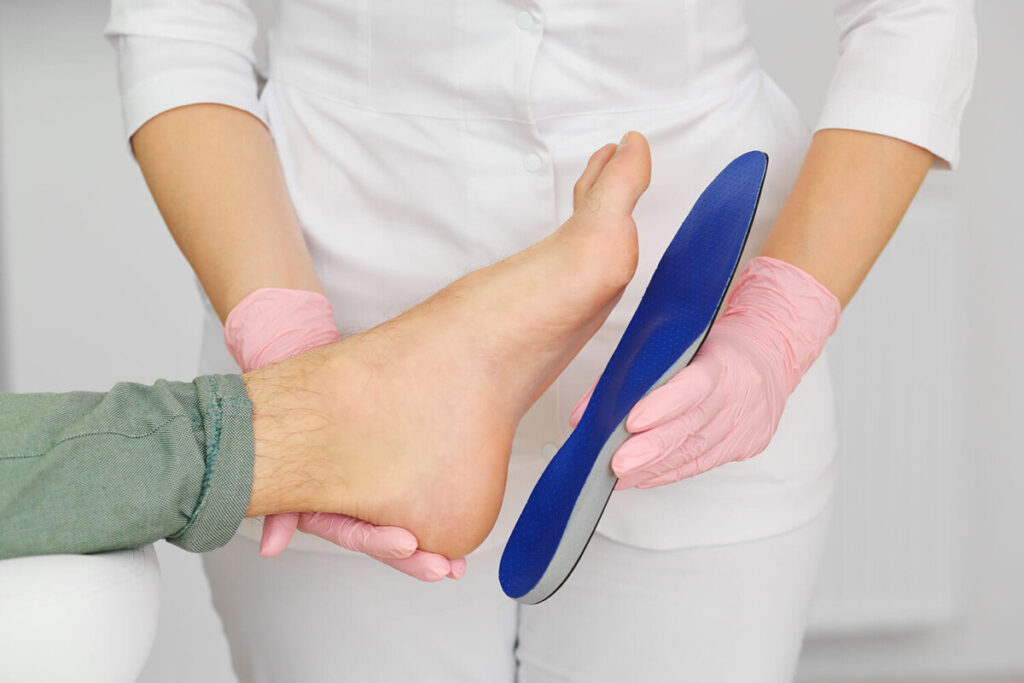To comfort and immobilize a section of the body, an orthosis encloses it. In order to aid in the healing process following diseases or sports-related injuries like torn ligaments, orthoses are frequently utilized. You can hold a knee at a specific angle or immobilize an ankle. Orthoses, in contrast to prostheses, stabilize a part of the body with splints and bandages rather than replacing it entirely. The word “orthos,” from which the English word “orthos” is derived, meaning “right, right, upright.” Orthopaedics, a branch of medicine that broadly spans the entire musculoskeletal system and deals with the theory of upright walking, employs orthoses.
Orthoses come in a wide variety of shapes, just like the body parts they are designed to relieve, correct, or support. In these circumstances, you require an orthosis:
No matter the type of orthosis—foot, knee, or lower leg—production is the responsibility of medical supply industry experts, particularly orthopedic technicians, who also include professional shoemakers. They create a unique orthosis.
This is the proper method:

Different materials, mostly silicone, metal, or plastic, can be used to create an orthosis. They are frequently made from intricate materials, such as splints, cables, and/or straps with Velcro fastening, with the goal of stabilizing the injured body part as much as possible. Because of this, certain orthoses have tissue that is tighter than that of bandages. Overall, they place additional restrictions on the ability to move.
There are industrially produced orthoses in addition to those that are constructed by hand, and they work well. To ensure proper adjustment and the avoidance of pressure spots, these should first be handled by professionals.
For orthoses to be effective, they must fit tightly against the body; nevertheless, they should never be left on naked skin for an extended period of time. In order to prevent harm, it is best to wear a thin, absorbent piece of clothing between the skin and the orthosis. Patients can, for instance, wear special, ventilated undergarments.
Orthoses that put a lot of pressure on the body shouldn’t often be worn at night to avoid “blood congestion” and damaging the skin nerves. Otherwise, it is typically advantageous to leave your orthoses on at night to avoid any potential risks from uncontrollable movements while you sleep. Please see your doctor if you have any questions about the kind and length of use. The only way to prevent damage and guarantee the effectiveness of the treatment is to do this.
You need to understand how and why orthotics are utilized in order to benefit the most from them. Some orthoses are only worn temporarily, while others are used during a specific stage of life. Some models are required for life, such as congenital deformities of the spine or foot that cannot be entirely rectified medically. Other models are required throughout the growth phase of childhood, others because to wear and tear in old age.
Particularly orthoses with a corrective purpose need to be modified often based on the effectiveness of the mending or treatment as well as any physical changes like weight gain or water retention. Particularly for patients with diabetic foot syndrome, orthopedic shoes should fit snugly and be free of pressure points or nerve damage.
If the orthosis is not properly adjusted, the body will send you the following warning signs in the affected area:
Don’t treat yourself; instead, take good care of your body and ask a doctor for advice.